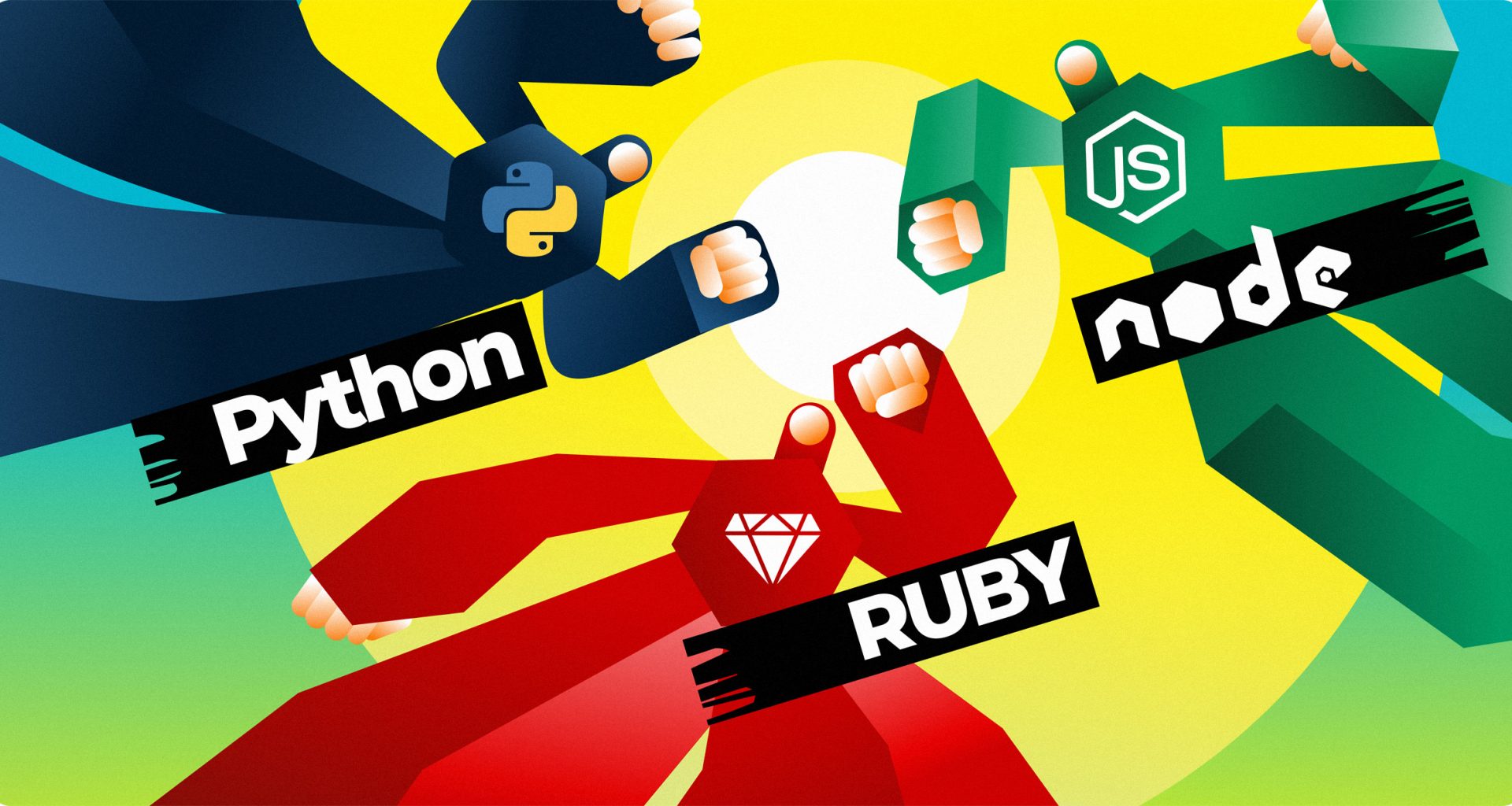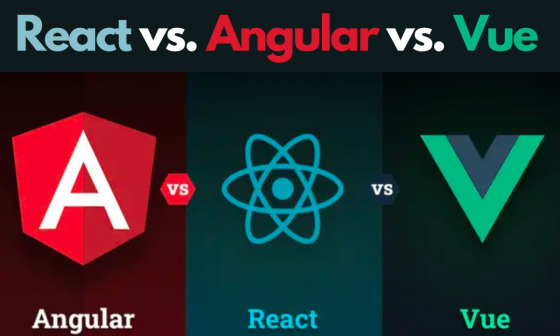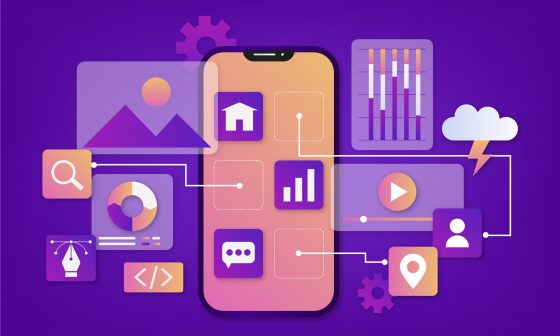In the ever-evolving landscape of web development, back-end programming plays a crucial role in powering the server-side logic that enables web applications to function efficiently. Especially when it comes to online casino. Developers have a plethora of options when it comes to selecting the right programming language for back-end development. Three popular choices are Node.js, Python, and Ruby. In this article, we will explore these languages, their strengths, use cases, and the factors to consider when choosing the most suitable option for your back-end development needs.
Node.js
Node.js is an open-source, event-driven, cross-platform JavaScript runtime environment that executes code on the server side. It leverages Google’s V8 JavaScript engine to achieve high performance and scalability. One of the key advantages of Node.js is its non-blocking I/O model, which allows it to handle a large number of concurrent connections efficiently. This makes it well-suited for real-time applications like chat applications, online gaming, and streaming services.
Pros:
- Fast and lightweight due to the use of V8 engine.
- Wide range of libraries and modules available through npm (Node Package Manager).
- Suitable for building scalable and high-performance applications.
Cons:
- Single-threaded nature can lead to performance bottlenecks for CPU-intensive tasks.
- The asynchronous programming model can be challenging for some developers.
Python
Python is a versatile and easy-to-learn programming language known for its readability and simplicity. Python’s extensive standard library and numerous frameworks make it an excellent choice for back-end development. Django and Flask are two popular Python web frameworks that simplify building robust and secure web applications. Python is widely used in various domains, including web development, scientific computing, artificial intelligence, and data analysis.
Pros:
- Clear and expressive syntax, promoting code readability.
- Large community and extensive documentation.
- High productivity due to its simplicity.
Cons:
- Not as performant as some other languages like Node.js for handling large-scale concurrent connections.
- Global Interpreter Lock (GIL) can limit multi-core performance in certain scenarios.
Ruby
Ruby is a dynamic, object-oriented programming language with an elegant and human-readable syntax. Ruby on Rails, commonly referred to as Rails, is a powerful web framework built on top of Ruby, emphasizing convention over configuration. It enables developers to build web applications rapidly and efficiently. Ruby’s strong focus on simplicity and productivity makes it a preferred choice for startups and small to medium-sized projects.
Pros:
- Clean and readable code syntax, promoting developer happiness.
- Rails framework simplifies common tasks and enforces best practices.
- Thriving community and active gem ecosystem.
Cons:
- Slower execution speed compared to languages like Node.js and Python.
- Not as ideal for CPU-bound tasks due to its interpreted nature.
Choosing the Right Option
Selecting the appropriate back-end programming language depends on various factors, including project requirements, team expertise, scalability needs, and performance expectations. Here are some pointers to consider:
- Project Scope: For small to medium-sized projects with rapid development requirements, Ruby on Rails can be a great choice. For large-scale and performance-intensive applications, Node.js or Python might be more suitable.
- Developer Familiarity: If your development team is well-versed in a particular language, it can be advantageous to stick with what they know best.
- Performance and Scalability: Node.js excels in handling concurrent connections, making it a strong contender for real-time applications. Python and Ruby are better suited for projects that prioritize code simplicity and readability.
- Community and Ecosystem: All three languages have active communities and extensive libraries, but Node.js has a massive number of npm packages, providing a wide range of functionalities.
In conclusion, Node.js, Python, and Ruby each have their strengths and use cases in back-end development. It’s essential to evaluate your project’s specific needs and your team’s expertise to make an informed decision. Ultimately, any of these languages can empower you to build robust and scalable server-side applications for a diverse range of web development projects.
References:






